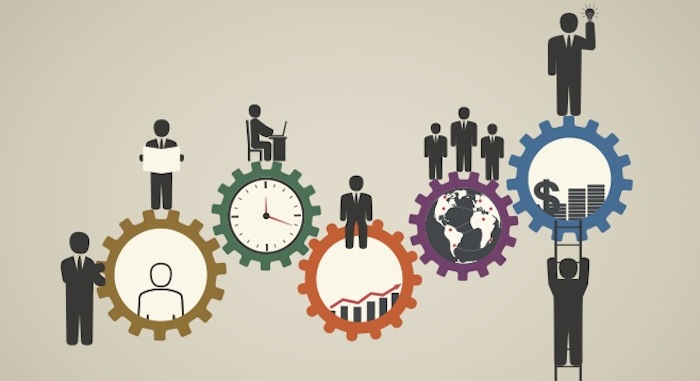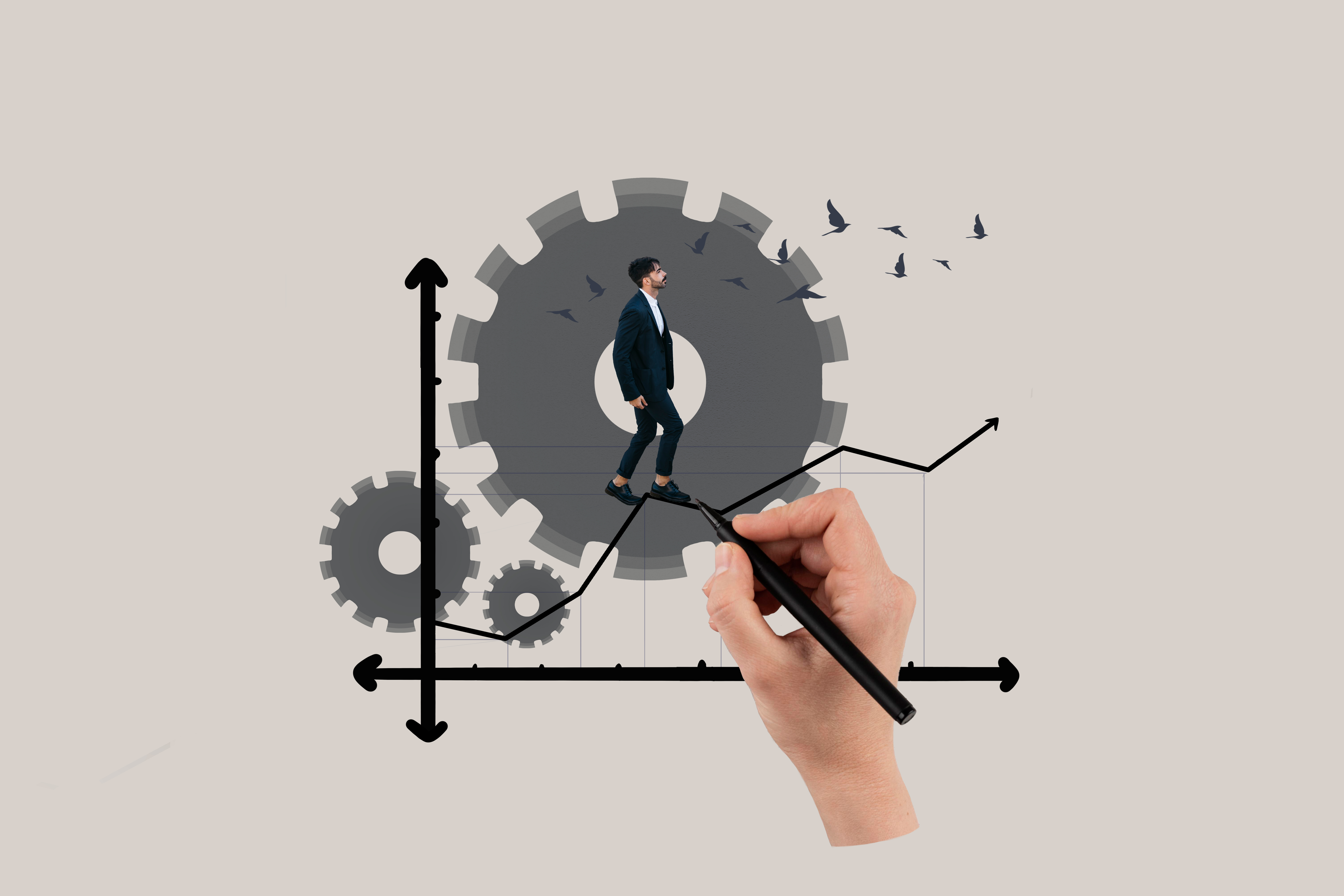
- March 18, 2022
- Resilience and Flexibility a must in HR
Resilience is the ability to cope with adversity and to adapt well to challenges and changes. The purpose of the programme is to equip participants with the information and tools that will help them build individual psychological resilience.
HR plays a key role in developing, reinforcing and changing the culture of an organization. Pay, performance management, training and development, recruitment and onboarding and reinforcing the values of the business are all essential elements of business culture covered by HR. And, getting culture right isn't easy.
Resilience enables a positive approach to work and outlook on life, which in turn enables better problem-solving ways and helps to maintain motivation. However, it is not just a reactive skill that switches on when a person faces challenges; it also enables a proactive approach to daily life.
Resilience is a special skill because it is so defined by outlook and response. It is an adaptive mode of thinking which needs to be developed gradually, alongside techniques for improving one's initial response. Dr. Kenneth Ginsburg, a child pediatrician and human development expert, proposes 7 integral and interrelated components of resilience – competence, confidence, connection, character, contribution, coping and control.
Being resilient is like being a tree. When the wind blows, you bend your branches and let it pass over you and then come back to your normal self thereafter. HR function is the custodian of employee life cycle journey. Thus, it is not only important that HR team becomes resilient, but it is also imperative that HR, as a function, is able to create an ecosystem within the organization. This will encourage an innovation mindset amongst employees by allowing and accommodating risk-taking initiatives without the fear of failure.
The word flexibility, by and large, is being replaced with “agility” in corporate parlance. Innovation and agility are the two most critical factors for survival in today’s modern and dynamic work environment. Hence, it is prudent that creating and maintaining agility in the workspace through employees is the key to traversing this ever-changing business dynamics.
Every organization should have a good combination of the existing workforce and new entrants to hold on to its rich legacy and at the same time also being innovative and growth focused. As agility is a state of
mind, companies will have to invest in the mindset of their existing workforce for them to not only accept the positive changes but also to crave more of them. Similarly, when it comes to the new hires, apart from functional competencies, one will need to recruit incumbents who have the mindset to try out different processes and continually innovate.
The benefits of resilience. Coping with stress in a positive way is known as resilience, and it has many health benefits. It's associated with longevity, lower rates of depression, and greater satisfaction with life. As Laura Malloy, the Successful Aging Program director at the Harvard-affiliated Benson-Henry Institute for Mind Body Medicine, says, "There's a sense of control, and it helps people feel more positive in general."
The different Seven Skills of Resilience and practices in most organizations for better understanding to put the people first are as follows;
• Principle 1: Cultivate a Belief in Your Ability to Cope.
• Principle 2: Stay Connected With Sources of Support.
• Principle 3: Talk About What You're Going Through.
• Principle 4: Be Helpful to Others.
• Principle 5: Activate Positive Emotion.
• Principle 6: Cultivate an Attitude of Survivorship.
• Principle 7: Seek Meaning.
The nimbleness of the HR function to respond to the continual changes that support the business goals will determine its agility quotient. Hence, HR needs to become an evolution catalyst to ensure that the organization is focused on growth by strengthening the following factors:
• Vision or values of the organization should have an agility factor embedded in it.
• Constantly carving out differentiated products and technology enhanced processes.
• Performance management philosophy, which encourages & rewards innovation.
• Providing an ecosystem towards mitigating fear of failure and at the same time also compressing timelines and mooting fail fast concepts.
• Learning architecture, which builds future capability of employees.
• Identifying and creating a competency dictionary of employees enabling project allotment optimally.
• Creating a knowledge repository within the company for everyone to dip into it and thereby not needing to reinvent the wheel.
To implement these factors, an effective buy-in is required from all stakeholders as it may sometimes require a complete overhaul of the processes. A large part of energy during culture transformation and implementing change management interventions go in the alignment of different stakeholders who come with diverse agenda, stakes and perspectives. This is where the true meaning of resilience and flexibility emerges.
The first step is to ensure transparency across levels in order to make sure the receptiveness of the team. This could be done by creating “culture champions” in the company. The second step is to have a two-way communication channel wherein the management is constantly communicating the ‘why-s’ and ‘how-s’ and simultaneously accepting the feedback given by the team. The third and most critical step is to ensure that the organization is moving towards developing lean processes and structures as implementing agile processes is an ongoing progression. Training and cascading the science behind this also becomes extremely critical.
In the pandemic-stricken world, the true role of HR has emerged. HR just isn’t about people management and managing operations. Improving employee experience by keeping them engaged, productive, happy, passionate, and connected in these unprecedented times has challenged HR teams like never before. Evolving hiring patterns and talent requirements, resource reallocations, and the unexpected need for significant levels of remote collaboration and communication have highlighted the need for flexible and resilient people practices, processes, and technologies. HR is now more of a strategic unit that offers business value in terms of growth capabilities, efficiency gains, and cost savings — all of which are important factors for an agile organization.
Post-COVID, HR as a function will have to progress beyond just knowing the business drivers. It’ll have to become a trusted consultant to the business function and help the business create that additional traction for the next level of growth. Organizations need to reimagine, reboot, respond, and reinvent both the workforce and work design to be ongoing resilient. As business stratagems continue to advance, organizations will need to take thought through actions to prioritize resilience. HR will have to drive this by focusing not only on efficiencies but also being hungry to succeed in their strategic ambitions. Thus, HR will play a pivotal role
as a trusted partner towards marrying the business goals and employee aspiration and creating a sweet spot with a win-win situation for both.
Source: Liberty of HR Thoughts
Categories
Archive Post





